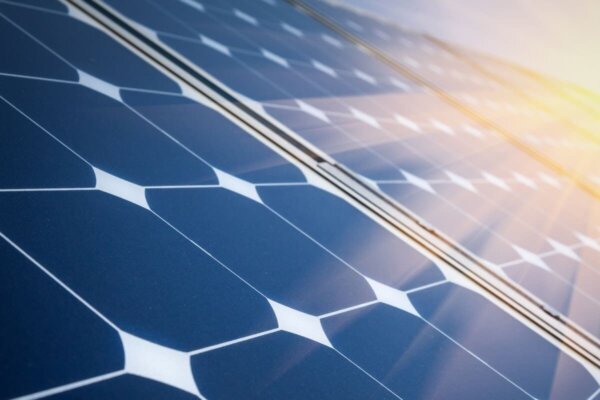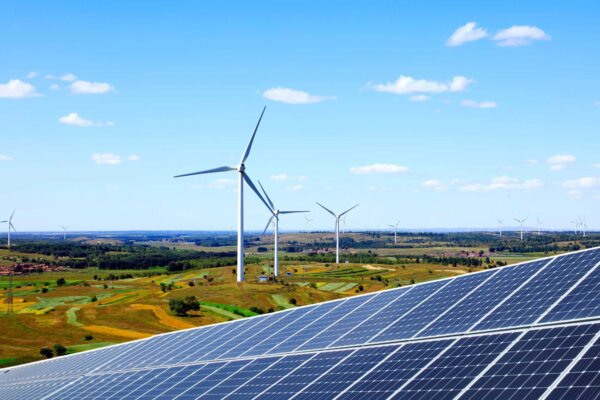For larger businesses able to reduce or shift energy volumes, winter Triad periods have historically provided an opportunity to make savings through flexibility by reducing consumption during peak periods. Even those who aren’t able to be flexible in their usage can mitigate the impact of Triads by increasing their energy efficiency. Under the new system, Triad avoidance will no longer be possible for many and, where it remains, the benefits will be significantly reduced. This means that businesses who used this method to reduce their TNUoS costs might find their annual energy bills could be significantly increased. For businesses previously able to boost generation revenue by exporting energy to the grid at peak times, the reduction of Triads could affect their bottom line and reduce the benefits of having on-site generation. While businesses who participate in grid-balancing Demand Side Response schemes will still be able to benefit from doing so, they will lose out on the additional revenue available during Triad periods.
Another consideration for some businesses whose contracts begun in the winter is that the new daily TNUoS charges, coming into effect from April 2023, will overlap with the Winter 2022 Triad recovery costs, which are typically spread across bills over 12 months. Businesses should therefore work these costs into their budgets now.
For some, the TCR will mean a bigger energy bill and a need to rebalance the budget in other ways. But large energy users who have previously been unable to consume energy flexibly and have therefore been hit with excessive Triad costs could actually see a reduction in non-commodity costs – and it’s these businesses that must think most carefully before they choose their next contract.


